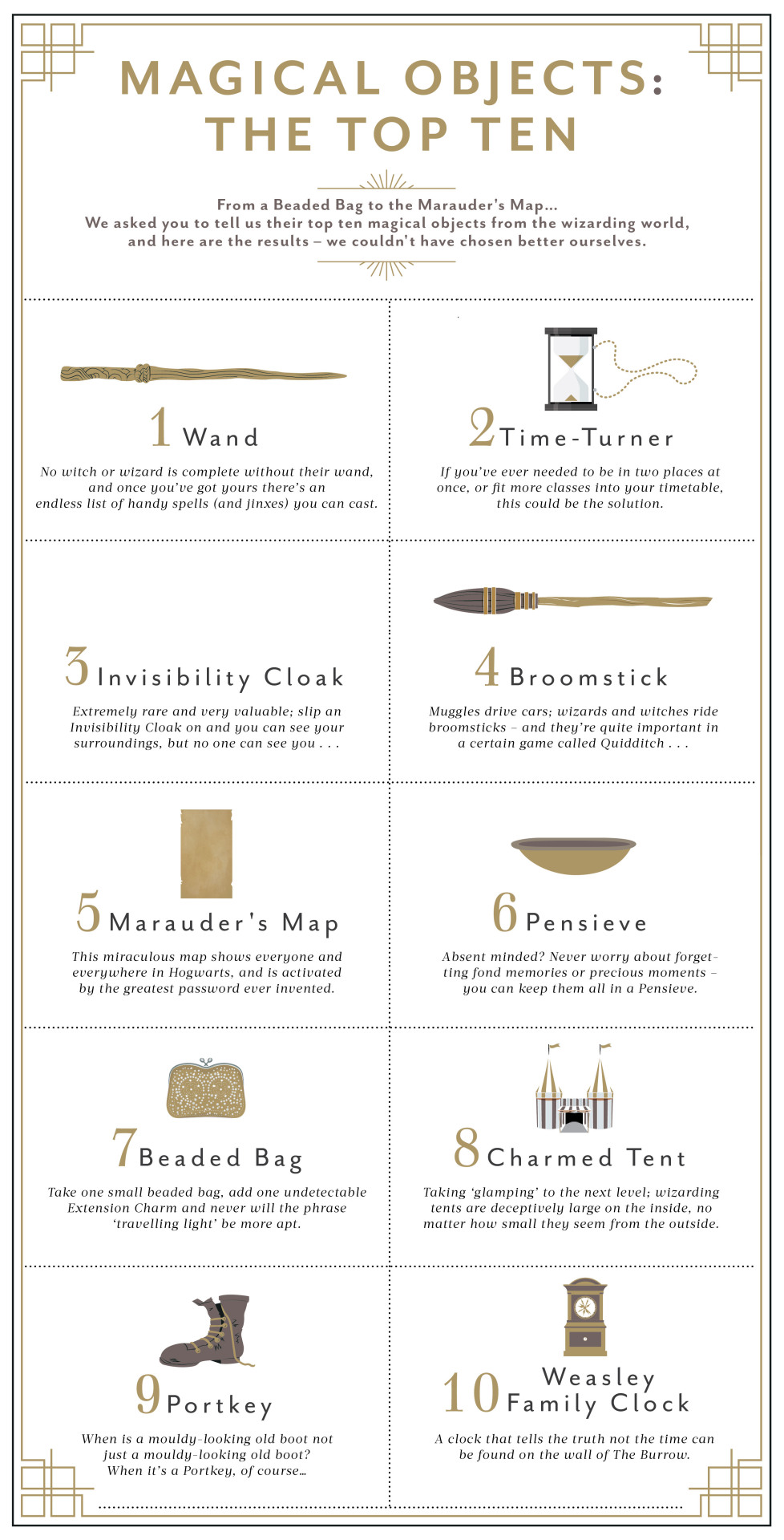

When dust or fumes are present (eye protection reduces the dust or fumes reaching the eye)Įye protection is necessary in all science classes in which there are biological, chemical and physical hazards present at the elementary, middle and high school level.springs, wires, rubber, glass), or causes collisions When an activity generates projectiles, uses elastic materials under stress (e.g.When working with materials or equipment under stress, pressure, or force that might cause fragmentation or flying particles.When using chemicals (including common household chemicals being used in schools) or glassware.Eye protection is required for (but not limited to) the following instances:
#Ozzle specially for the lab plus#
U is for ultraviolet plus a scale number between 2 and 6Įye and Face Protection Tool Selection Guide When Should Students Wear Eye Protection?Įye protection is essential in every laboratory activity.L is for visible light plus a scale number between 1.3 and 10.R is for infrared light followed by a scale number between 1.3 to 10.W is for welding and will be accompanied by a scale number between 1.3 and 14.D3 is added to indicate splash and droplet protection.Z87+ indicates high-velocity impact rating.Z87 indicates that eye protection provides basic impact protection.There are several markings that are used to indicate the type of eye protection that the goggles and/or glasses are designed for: ANSI Z87.1-2015 is the latest version of the standard, employers have been required to comply with this version of the standard since November 25, 2016. The Occupational and Educational Personal Eye and Face Protection Devices law is known as ANSI Z87.1. ISEA is the International Safety Equipment Association, this is the group that writes and develops the standards. ANSI stands for the American National Standards Institute, which is dedicated to the health and safety of consumers, workers and the protection of the environment. How Do I Know Which Eye Protection to Purchase?Īll safety goggles and safety glasses should comply with the ANSI/ISEA Z87.1 standard. projectiles, springs, etc.) and biological hazards (bacteria, specimens, etc.) require appropriate eye personal protective equipment (PPE). Teachers should review the Safety Data Sheets for all chemical hazards they use during the year to be certain that they have the proper eye protection available. School boards as the employer are required to purchase and teachers as employees to select eyewear that provides themselves, their students, other school employees, and visitors with the most suitable protection for the hazards they may encounter in the classroom, laboratory and field site. In addition, separating calcium and phosphate in each barrel maximizes ACP’s effectiveness.Science teachers are obligated to provide students with the safest and most appropriate eye protection for the task that they are being asked to perform.

Patented Syringes for New Levels of Stability By separating ingredients in our patented dual-barrel syringe, our bleaching gels are assured the best stability without requiring refrigeration. This allows the freshest blend of gel to be dispensed every time your patients whiten!
#Ozzle specially for the lab Activator#
HIGH VISCOSITY GEL Provides better tooth contact, while remaining in trays throughout the whitening sessionĭual Barrel Syringe Technology The advanced technology of the patented dual barrel syringe allows the Peroxide chamber to remain separate from the activator chamber until the moment of use.AUTOMIXING NOZZLE Specially designed auto mixing allows you to create a fresh and equal blend of gel each time you whiten.


ACP, Fluoride and Potassium Nitrate for reduced sensitivity.Philips strongest take-home whitening kit, with all of the benefits of DayWhite.Wear time: 15 minutes a day for 10-14 days. Sustained release for consistent whitening. High viscosity gels maximize effectiveness. DayWhite 9.5% ACP Hydrogen Peroxide Patented "ACP" Calcium Phosphate technology with the proven effectiveness of Potassium Nitrate to naturally fill microscopic tooth surface defects, smooth the enamel and increase surface gloss and eliminates sensitivity.


 0 kommentar(er)
0 kommentar(er)
